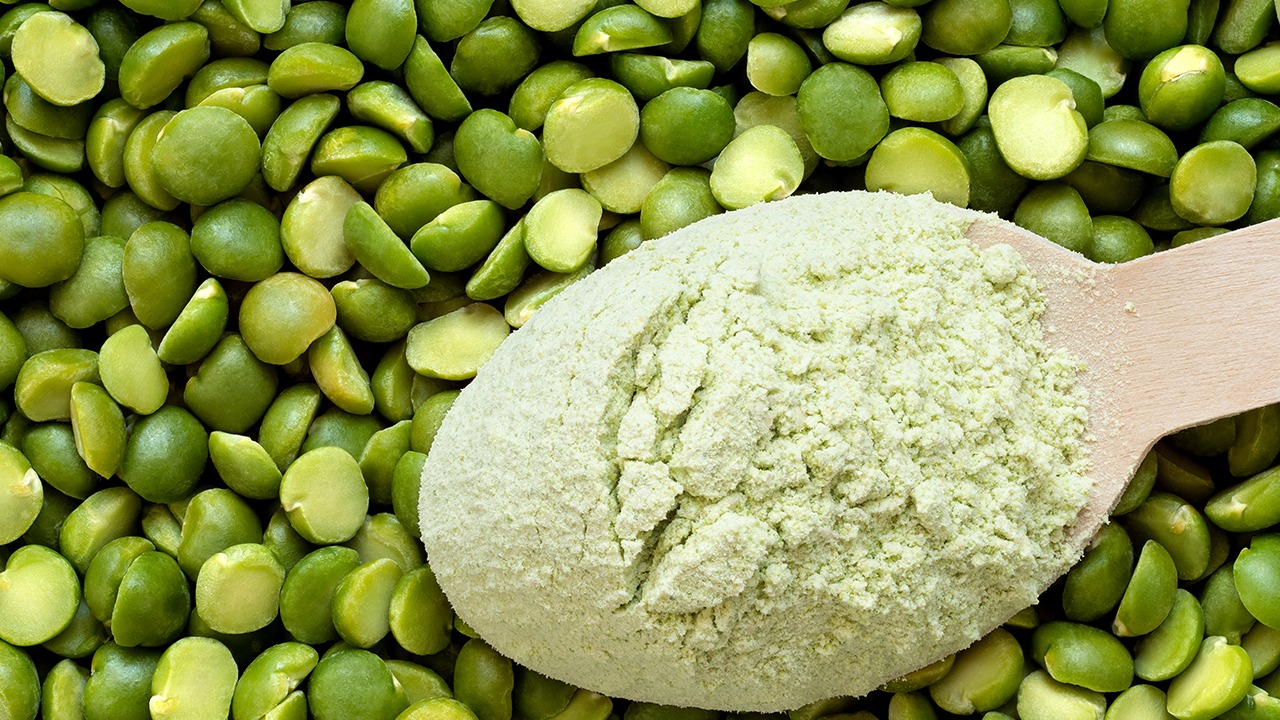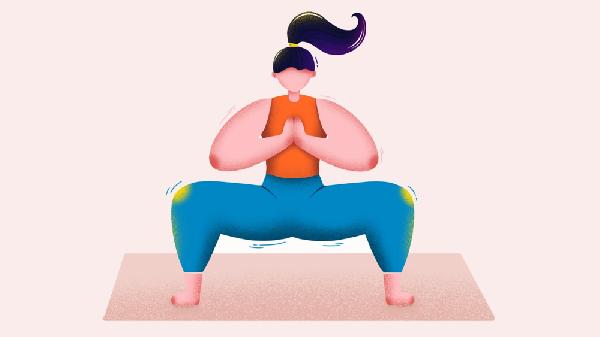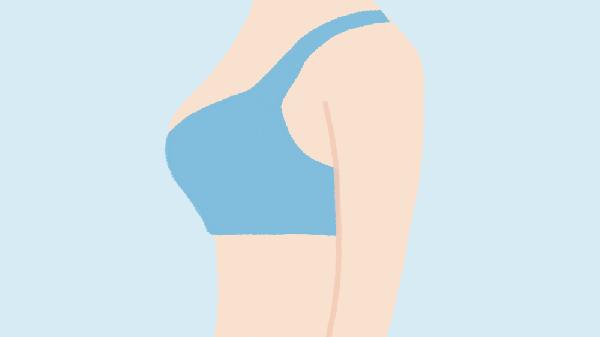Ever wished you could eat more without watching the scale creep up? That’s the magic of reverse dieting—a strategic way to boost your metabolism and increase your food intake without packing on extra pounds. It’s not a free pass to binge on junk, but with the right approach, you can enjoy more meals while keeping your body composition in check.

What Is Reverse Dieting?
Reverse dieting is a method used to gradually increase calorie intake after a period of calorie restriction (like dieting or cutting). The goal? To reset your metabolism, improve energy levels, and prevent rapid weight regain. Think of it as slowly turning up the dial on your food intake instead of slamming it from zero to 100.
This approach is especially popular among athletes, bodybuilders, and fitness enthusiasts who want to transition from a calorie deficit to maintenance—or even a slight surplus—without shocking their system. But it’s not just for gym rats; anyone who’s been dieting hard and wants to ease back into eating more can benefit.
How Does It Work?
When you’ve been eating in a deficit for a while, your metabolism adapts by slowing down to conserve energy (thanks, survival instincts). Reverse dieting helps nudge it back up by incrementally adding calories—usually 50–100 extra per week—while monitoring how your body responds.
The key is patience. Jumping straight to your old eating habits can lead to quick fat gain because your metabolism isn’t ready to handle the sudden influx. But by increasing calories slowly, you give your body time to adjust, keeping fat gain minimal while improving metabolic flexibility.
Who Should Try Reverse Dieting?
If you’ve been in a calorie deficit for weeks or months (say, after a weight-loss phase), reverse dieting can help you transition smoothly. It’s also great if you’ve hit a plateau and suspect your metabolism has slowed down.
On the flip side, if you’re already eating at maintenance or in a surplus, reverse dieting isn’t for you. And if you have a history of disordered eating, it’s best to work with a professional—this method requires careful tracking, which isn’t ideal for everyone.
How to Reverse Diet the Right Way
1. Start with Your Current Intake
First, figure out how many calories you’re eating now. If you’ve been tracking, great. If not, spend a week logging your meals to get a baseline.
2. Increase Calories Gradually
Add 50–100 calories per week, focusing on carbs and fats (protein should stay consistent to preserve muscle). For example, swap that rice portion for a slightly bigger one or add a spoonful of peanut butter to your snack.
3. Monitor Your Progress
Weigh yourself regularly (but not obsessively) and pay attention to how your clothes fit. If you’re gaining too fast, slow down the increases. If nothing’s changing, you might be able to bump calories a little faster.
4. Adjust Based on Your Body
Some weeks you might feel hungrier—that’s your metabolism waking up. Other times, you might need to pause increases if weight starts climbing. It’s a dance, not a rigid plan.
Common Mistakes to Avoid
The Bottom Line
Reverse dieting isn’t a quick fix, but it’s a smart way to reset your metabolism and enjoy more food without the guilt. It takes discipline, patience, and a willingness to experiment—but for many, the payoff is worth it. So if you’re tired of feeling restricted, give reverse dieting a shot. Your future self (and your metabolism) will thank you.
























